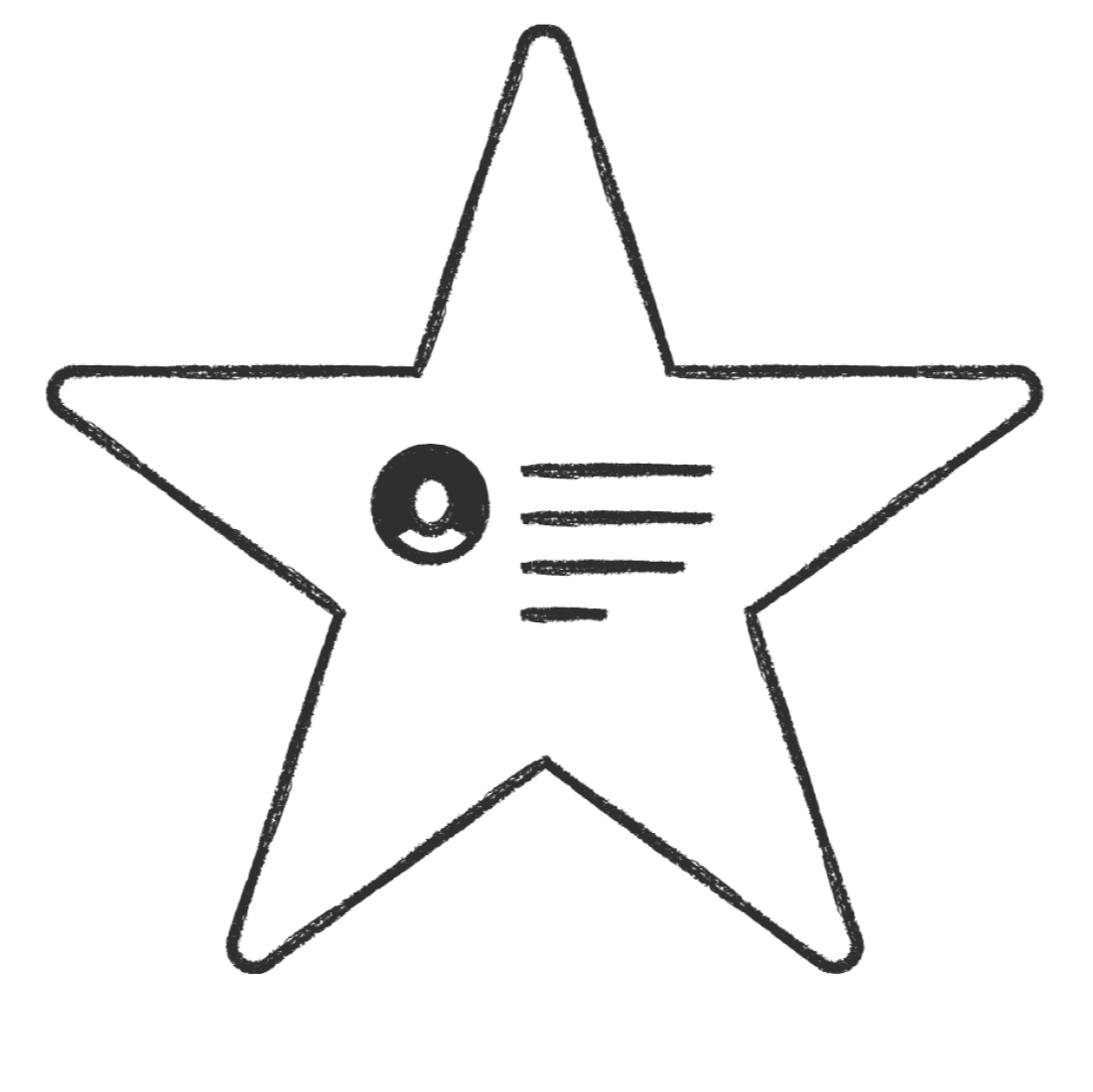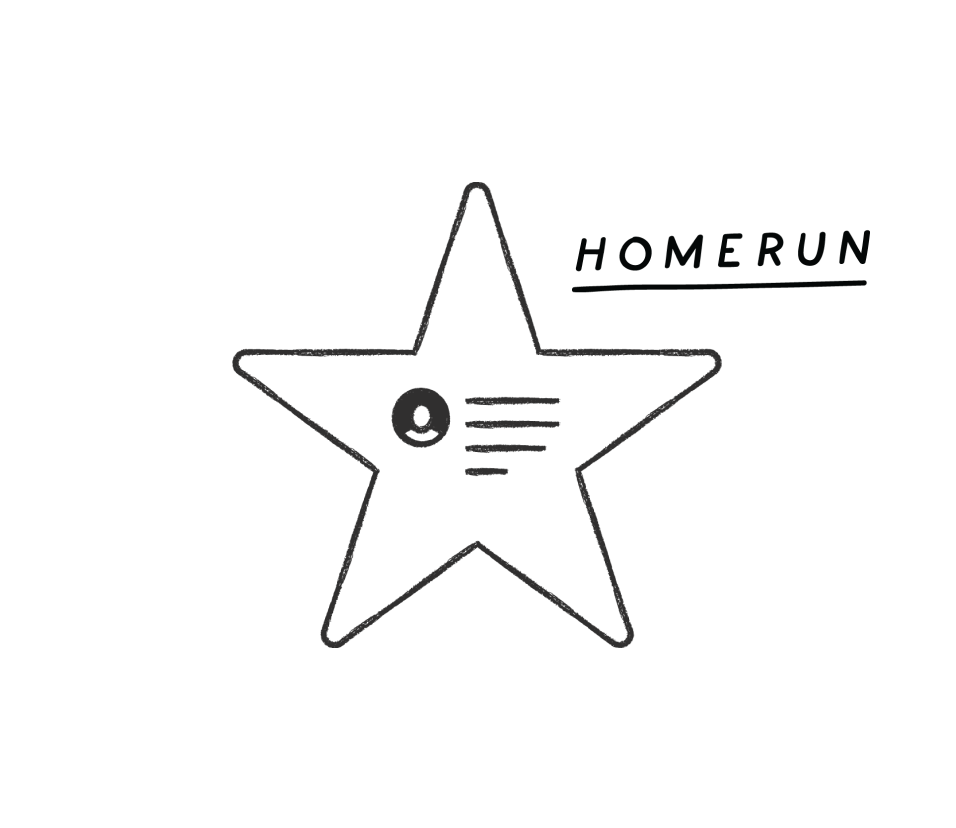Project proposals get your ideas approved and funded. But writing them can be tricky. That’s where our free project proposal template comes in handy.
This free project proposal template is designed to make your life easier. It breaks down your proposal into clear sections, so you don’t miss anything important. Whether you’re new to writing proposals or you’ve done it many times, this template can help. It includes necessary components such as project goals, timelines, and budget, and encourages customization for various industries to enhance clarity and achieve project approval.
We’ve created this based on the tips we shared in our earlier blog about writing great project proposals. If you haven’t read that yet, it’s worth checking out. It’ll give you some good background on what makes a proposal work.
Ready to get started? Let’s walk through how to use this template to create a proposal that gets results.
Project Proposal Template Customizing Tips
Mission: Start With Why
Your mission statement is the heart of your proposal. It should clearly state why your project matters, not just what you’re doing. A strong ‘why’ should:
- Inspire and align other active participants of the project
- Prove to the company C-suite team why your project is a great business investment, not a cost. A well-crafted business proposal, particularly the executive summary, is crucial for capturing the audience's interest and clearly defining the project's purpose and alignment with organizational goals.
This approach aligns with Simon Sinek’s famous “Start With Why” principle. Sinek observed that great leaders and companies always communicate their purpose first.
The Golden Circle framework, coined by Simon Sinek. Image source
Take Patagonia, for instance. Their mission isn’t just to sell outdoor gear; it’s “to save our home planet.” This clear, purpose-driven mission shapes everything they do, from product design to environmental activism.
Problem: Dig Deep with the 5 Whys
When describing the problem, start by providing a project background to establish a foundational understanding of the issue being addressed. Don’t settle for surface-level issues. Dig deeper to uncover the root cause. This will show that you truly understand the challenge at hand and are proposing a solution that addresses the core issue.
Solution: Define the Project Scope
Your solution should address the problem effectively. Don’t just present the first or most obvious idea. After all, your next project’s approval will be greatly influenced by the success of your ‘current’ project’s solution. It is crucial to define the deliverables and success criteria for the proposed project to ensure clarity and measurable outcomes.
A great way to approach this is by using the SCAMPER method. This technique encourages you to look at your solution from different perspectives: Substitute, Combine, Adapt, Modify, Put to another use, Eliminate, and Reverse.
When developing your solution, try applying SCAMPER principles. Could you combine two existing ideas in a new way? Could you adapt a solution from a different industry to fit your needs? By thinking creatively, you’ll develop a solution that truly stands out and effectively addresses the problem at hand.
Methodology: Work Backwards for Clear Steps
Your methodology should provide a clear roadmap for your project. Instead of listing vague steps, start with your end goal and work backwards to determine the specific actions needed to get there.
When developing new products, Amazon teams start by writing a press release announcing the finished product, then work backwards to figure out how to make it a reality.
Apply this to your methodology by envisioning your completed project, then breaking down the steps needed to achieve it. A crucial part of this process is creating a project charter, which helps in scoping the project and ensuring all parties are aware of their responsibilities.
Goals and KPIs: Set Clear Objectives and Key Results
Your goals and KPIs should be specific, measurable, and tied directly to your project’s success. Vague goals like “improve performance” aren’t helpful. Instead, set clear objectives with measurable results.
Google’s OKR (Objectives and Key Results) framework is perfect for this.
For example, instead of just saying “increase user engagement,” you might write: “Objective: Boost app stickiness. Key Result: Increase daily active users from 10,000 to 15,000 by end of Q4.”
This clarity helps everyone understand exactly what success looks like. Additionally, identifying the project sponsor, who oversees the project's execution and ensures it aligns with organizational goals, is crucial for maintaining focus and accountability.
Budget: Plan with a Margin of Safety
When it comes to budgeting, be granular because project budgets are often the topic of most deliberation in any project. That’s why, you don’t want to write a vague, high-level budget.
Instead of just ballparking, you should aim to be specific about resource requirements. That’s why we recommend you to put the budget in a tabular format:
You could always use a Slite table for a small-to-medium project. However, if you’re preparing an engineering project proposal for an enterprise, consider using Google Sheets or Microsoft Excel. An engineering project proposal is useful for including relevant background information, project scope, and engineering tasks. It also features automatic calculations for costs and a work schedule that outlines the timeline of the project phases from design to construction.
It helps you involve multiple collaborators on the proposal draft, and do quicker calculations for subtotals. In Slite, type ‘/embed’ and press enter to get an embed block in-line of your proposal.
Additional advice on budget
It's always better to overestimate slightly than to run out of funds mid-project. Include all foreseeable costs, then add a buffer for unexpected expenses.
This approach aligns with Warren Buffett's "Margin of Safety" principle. He always factors in a safety margin to account for errors in calculation or unforeseen circumstances. In your project proposal, consider adding a 15-20% buffer to your budget. This foresight can save your project from financial stress down the line.
Advanced Features
Our template isn’t just about the basics. It’s a simple project proposal template that offers flexibility and adaptability for various project types. It’s got some cool features that can really make your proposal stand out. Let’s talk about two of them: adding a video presentation and embedding spreadsheets.
Adding a Video Presentation
Sometimes, words on a page just aren't enough to get your idea across. That's where video comes in. Our template lets you easily add a video to your proposal.
Why use video? Well, it's a great way to show off your enthusiasm for the project. You can explain complex ideas more easily, or give a quick tour of a prototype. Plus, it adds a personal touch that text just can't match.
To add a video, just click on the video icon in the template. You can record directly in the template or upload a video you've already made. Keep it short and sweet - aim for 2-3 minutes max.
Embedding Spreadsheets for Detailed Budgets
Numbers are crucial in any proposal, especially when it comes to budgets. But long lists of figures can be hard to read. That's why we've made it easy to embed spreadsheets right into your proposal.
With embedded spreadsheets, you can show detailed budgets, timelines, or any other data-heavy information in a clear, organized way. Your readers can even interact with the spreadsheet without leaving the proposal.
To embed a spreadsheet, look for the spreadsheet icon in the template. You can create a new spreadsheet or import an existing one from tools like Google Sheets or Excel.
These advanced features aren't just bells and whistles. They're powerful tools to make your proposal more engaging and informative
Why This Template Stands Out
You might be wondering, “What makes this template so special?” Well, let’s break it down. When looking at a project proposal example, it's important to understand that project proposals can differ significantly based on their purpose and audience. This template stands out because it provides insights into specific formats and essential elements that should be included, offering a comprehensive starting point for users looking to create their own proposals.
User-Friendly Design
First off, we've kept things simple. The template is clean and easy to navigate. You won't find any confusing jargon or unnecessary sections here. Everything is laid out in a logical order, guiding you through the proposal process step by step.
Each section has clear instructions, so you know exactly what information to include. And the best part? You can edit it right here in your browser. No need to download special software or worry about compatibility issues.
Comprehensive yet concise
We've struck a balance between being thorough and keeping things brief. The template covers all the crucial elements of a project proposal:
- Mission
- Problem & Background
- Solution
- Methodology & Project Scope
- Goals & KPIs
- Budget
- Conclusion
- Authorization
But we've also made sure each section is focused and to the point. This helps you create a proposal that's informative without being overwhelming.
Flexibility for various project types
Whether you're proposing a small internal project or pitching to a big client, this template has got you covered. It's designed to be flexible, allowing you to adapt it to different project types and scales.
Need to add an extra section? Go for it. Want to expand on a particular point? There's plenty of room. The template is a starting point, not a rigid structure. It's there to guide you, not restrict you.
By using this template, you're not just filling in blanks. You're crafting a proposal that's professional, comprehensive, and tailored to your specific project. And that's what sets it apart from the rest.
How to use the free project proposal template
Now that you’re ready to create your proposal in Slite, let’s explore how to make the most of this template.
Start with a Clear Mind
Before diving in, take a moment to gather your thoughts. What's the core purpose of your project? Who's your audience? Having a clear vision will make the writing process much smoother.
Once written, reviews are best done by a second pair of eyes. Share your working draft with your trustworthy colleague by clicking on ‘Share’ at the top right of your Slite doc. You should get a sharing menu like this:
Slite's sharing menu
You can:
- Write your colleague’s name (if they’re a part of your Slite workspace)
- Click on the Slack button to directly invite them from Slack
- Share to web, if you’re a solo freelancer who wants to share the draft with a couple of close friends to do a peer review.
Fill in the Sections in Order
While it might be tempting to jump around, try to complete the sections in order. Each part builds on the previous one, helping you create a coherent narrative.
Toggle sections after finishing them
Each section can be toggled. Don't ignore this! It can be helpful for your colleagues if they want to quickly jump around the doc while browsing it.
Embed Your Project Board from Your Existing Project Management Tool
Visual project management tools can provide a great overview of your project’s structure and progress. Slite allows you to easily integrate these into your proposal, giving stakeholders a clear, up-to-date view of the project plan. The project manager plays a crucial role in coordinating resources and maintaining alignment with business objectives, ensuring that the project stays on track from proposal development through execution.
To embed your project board:
- Open your project management tool (like Trello, Asana, or Jira).
- Find the sharing options for the board or project you want to embed.
- Copy the embed code or sharing link.
- In your Slite document, click the ‘+’ button to add a new block.
- Select ‘Embed’ from the options.
- Paste your embed code or link into the field provided.
Once embedded, your project board will appear directly in your Slite document. This gives reviewers an interactive, real-time view of your project structure, tasks, and progress.
Some benefits of embedding your project board:
- Provides a visual representation of your project timeline and milestones
- Allows stakeholders to see task assignments and progress at a glance
- Demonstrates that you have a well-organized plan in place
- Keeps your proposal aligned with your actual project management tool
Remember to adjust viewing permissions in your project management tool if necessary, ensuring that proposal reviewers can see the embedded board without needing additional access.
Review and Refine
Once you've completed a draft, take a break. Then come back and read it with fresh eyes. Look for areas where you can be clearer or more concise. Use Slite's version history to compare different drafts if needed.
Project proposals - sorted. What next?
Now that you’re familiar with the template, it’s time to put it into action. Start by duplicating it in your Slite workspace and renaming it for your specific project.
As you fill in each section, tailor your language and focus to your audience, using data wisely to support your points without overwhelming readers. Remember to leverage Slite’s formatting options to create a visually appealing document that’s easy to navigate. As you write, aim to tell a cohesive story that flows logically from the problem to your proposed solution. Keep your content concise and clear, moving any extra details to an appendix if necessary. Don’t forget to use Slite’s collaboration features to get feedback from your team – fresh eyes can catch things you might miss. Once you’ve refined your proposal, set a reminder to review and update it regularly as your project evolves.
With these strategies, you’ll create a compelling proposal that clearly communicates your project’s value and increases your chances of getting that crucial green light. Additionally, referencing previous projects can provide vital context, highlighting how past experiences may influence the success or challenges of the new project. Good luck!


